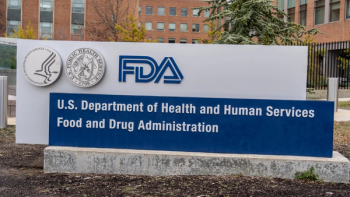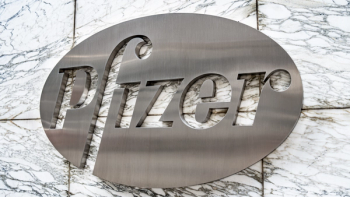
GAIN Therapeutics Ramps Up for Next Big Step in Parkinson’s Drug Development
Gene Mack, CEO, GAIN Therapeutics, outlines how early trial results for GT-02287 are shaping the company’s strategy for advancing a potential new treatment for Parkinson’s disease.
In an interview with Pharmaceutical Executive, Gene Mack, CEO, GAIN Therapeutics, shared promising updates on the company’s lead candidate, GT-02287, a novel therapy in development for Parkinson’s disease. Enrollment for the Phase Ib open-label trial wrapped three months ahead of schedule, driven by growing clinician confidence in the drug’s safety and therapeutic potential. Originally designed for patients with a GBA1 gene mutation—a known disruptor of the GCase enzyme—GT-02287 has shown early signs of benefit across a broader Parkinson’s population. With biomarker data expected in Q4 2025, GAIN is preparing for a pivotal Phase II trial in early 2026 while weighing financing options and potential strategic partnerships, all hinging on forthcoming efficacy and biomarker insights.
Pharmaceutical Executive: What are the next clinical milestones for GT-02287, and when can we expect topline results?
Gene Mack: We're currently running a Phase Ib study in Parkinson’s patients. While we already demonstrated safety and efficacy in healthy volunteers, we still want to proceed cautiously with the Parkinson’s population. These patients are more vulnerable than healthy individuals—they may have comorbidities, be on other medications, or be dealing with additional health issues.
Because of that, our approach in this Phase Ib pilot study is intentionally conservative. We’re aiming to enroll around 15 to 20 patients. That may sound like a small number, but when you're dealing with an investigational drug in a new patient population, it can be a heavy lift.
Once this Phase Ib study is complete, we’ll move into a Phase II trial in Parkinson’s, which will be significantly larger—closer to 100 to 200 patients. That study will be designed to detect blinded signals of efficacy. I emphasize "blinded" because this upcoming Phase II trial will be a double-blinded study, meaning neither the patients nor the clinicians will know who is receiving the active drug.
Right now, we’re in an open-label setting, so both the patients and clinicians know the drug is being administered. That introduces potential bias—patients may feel better simply because they expect to, a classic example of the placebo effect. It's important for readers to understand that this effect can skew early data.
In this Phase Ib study, we’ll still look for preliminary signals of efficacy, but with the understanding that some of those signals may be influenced by the open-label design. The goal is to then test those signals in a blinded environment to confirm they’re real.
We plan to spend the second half of this year preparing for the Phase II study, with the goal of initiating that trial in early 2026.
Full Interview Summary: Enrollment for the Phase Ib trial of GT-02287, a novel therapeutic candidate for Parkinson’s disease, was completed three months ahead of schedule. While the trial targeted a small cohort, momentum increased as clinicians grew more comfortable with the drug’s safety profile and potential. Initially cautious due to the investigational nature of the therapy, sites became more confident in recommending the study, reflecting growing optimism about GT-02287’s promise.
The ongoing Phase Ib trial is an open-label pilot involving 15 to 20 patients with Parkinson’s disease, including those with idiopathic PD and those with a GBA1 gene mutation. This gene mutation disrupts the production of glucocerebrosidase (GCase), a key enzyme that GT-02287 is designed to restore. Although the drug was initially developed for GBA1-mutated patients, early findings suggest it may benefit a broader PD population. The Phase Ib readout, expected in Q4 2025, will include biomarker data from cerebrospinal fluid to assess differential efficacy between patient subtypes.
Looking ahead, a larger, double-blind Phase II trial is planned for early 2026, enrolling 100–200 patients to validate efficacy signals in a blinded setting and mitigate bias seen in open-label designs.
GT-02287 was developed using the company’s Magellan AI platform, which identifies novel binding pockets on target proteins and screens both known and hypothetical molecules. Magellan extends drug discovery into previously unexplored chemical space by predicting interactions that can be synthesized and tested.
Partnership discussions are ongoing with large pharma, biotech, and mid-cap firms. Final decisions around financing or partnering will depend on Phase Ib results. The company is prepared to either self-fund the $50–60M Phase II trial or advance through a strategic collaboration, depending on the biomarker and efficacy data in Parkinson’s patients.
Newsletter
Lead with insight with the Pharmaceutical Executive newsletter, featuring strategic analysis, leadership trends, and market intelligence for biopharma decision-makers.




